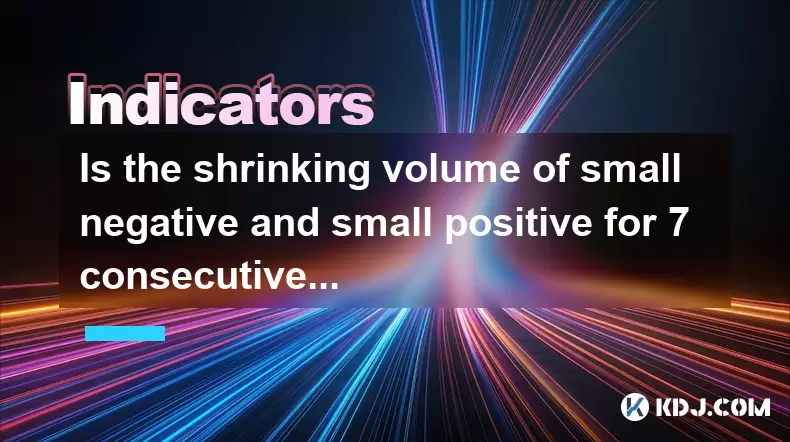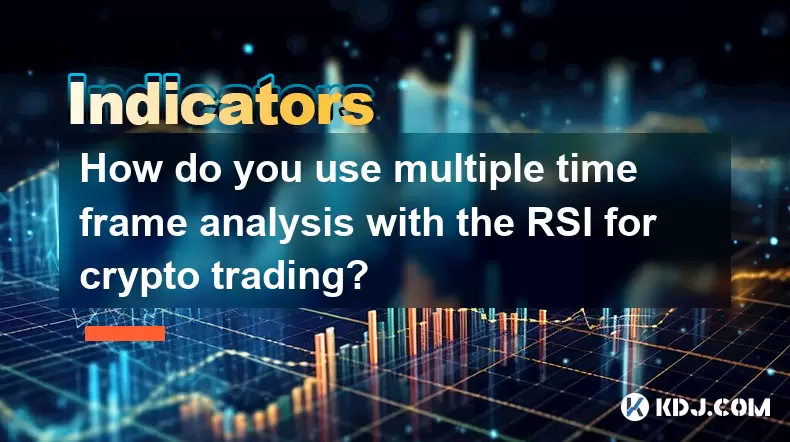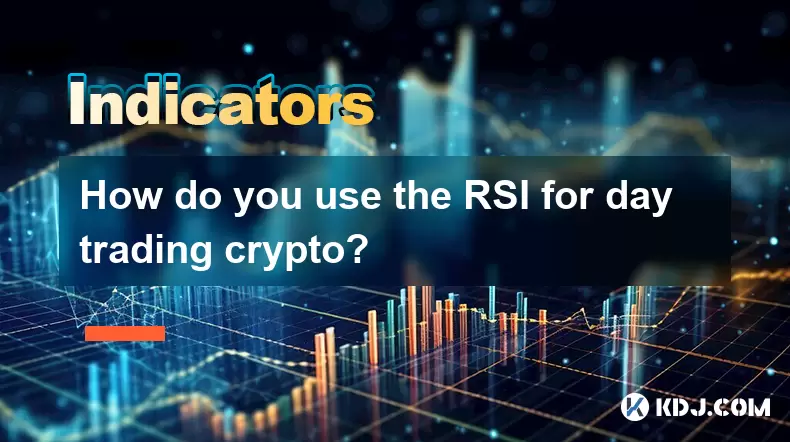-
 Bitcoin
Bitcoin $118400
0.47% -
 Ethereum
Ethereum $3836
2.20% -
 XRP
XRP $3.157
2.98% -
 Tether USDt
Tether USDt $0.9999
-0.03% -
 BNB
BNB $801.5
1.31% -
 Solana
Solana $180.9
2.07% -
 USDC
USDC $0.9999
-0.02% -
 Dogecoin
Dogecoin $0.2225
2.50% -
 TRON
TRON $0.3285
-1.02% -
 Cardano
Cardano $0.7789
2.60% -
 Hyperliquid
Hyperliquid $43.60
2.39% -
 Sui
Sui $3.892
4.41% -
 Stellar
Stellar $0.4229
3.34% -
 Chainlink
Chainlink $18.01
3.98% -
 Hedera
Hedera $0.2745
6.77% -
 Bitcoin Cash
Bitcoin Cash $582.3
3.38% -
 Avalanche
Avalanche $23.77
1.04% -
 Ethena USDe
Ethena USDe $1.001
0.01% -
 Toncoin
Toncoin $3.493
3.59% -
 Litecoin
Litecoin $110.0
2.48% -
 UNUS SED LEO
UNUS SED LEO $8.936
-0.37% -
 Shiba Inu
Shiba Inu $0.00001304
2.49% -
 Uniswap
Uniswap $9.999
1.09% -
 Polkadot
Polkadot $3.897
3.26% -
 Monero
Monero $308.6
-0.83% -
 Dai
Dai $0.9999
-0.01% -
 Bitget Token
Bitget Token $4.504
-0.04% -
 Pepe
Pepe $0.00001154
2.95% -
 Cronos
Cronos $0.1471
3.06% -
 Ethena
Ethena $0.6691
19.53%
Is the shrinking volume of small negative and small positive for 7 consecutive days at the low level a signal of a change in the market?
A cryptocurrency showing seven days of shrinking volume and small price swings may signal market indecision, often preceding a potential breakout or breakdown once direction is established.
Jun 21, 2025 at 08:21 am

Understanding the Concept of Shrinking Volume
In cryptocurrency trading, volume refers to the total amount of a particular digital asset traded over a specific time period. When traders refer to "shrinking volume," they are describing a decline in this metric compared to previous intervals. More specifically, the phrase "small negative and small positive for 7 consecutive days at the low level" suggests that price movements have been minimal—oscillating slightly above or below the opening price—with each day's volume remaining consistently low.
This pattern can be observed on candlestick charts where each daily candle has a very small body, indicating limited buying or selling pressure. The shrinking volume during such a phase is often interpreted as a sign of market indecision, where neither bulls nor bears are willing to take control.
What Does This Pattern Indicate?
When a cryptocurrency exhibits small price fluctuations accompanied by diminishing volume over a week, it may suggest that the market is entering a consolidation phase. During such times:
- Traders are hesitant to push the price higher or lower due to lack of clear directional bias.
- Major players might be accumulating or distributing positions quietly without triggering significant price action.
- Market sentiment is neutral, with no dominant narrative influencing trader behavior.
It's crucial to understand that while shrinking volume can precede a breakout, it is not a definitive signal on its own. Traders should look for additional confirmation from other indicators like moving averages, RSI, or support/resistance levels before making decisions.
Historical Precedents in Cryptocurrency Markets
Looking back at Bitcoin and Ethereum price charts, similar patterns have occurred multiple times. For example, in early 2020, Bitcoin experienced a multi-day consolidation phase with shrinking volume before breaking out to new highs later that year. Similarly, altcoins like Cardano (ADA) and Chainlink (LINK) showed tight price ranges with declining volume prior to major rallies.
However, there are also cases where such patterns led to breakdowns rather than breakouts. In late 2022, several DeFi tokens entered prolonged sideways movement with shrinking volume, only to eventually collapse further amid broader market declines.
These examples highlight the importance of context when interpreting shrinking volume patterns. Market conditions, macroeconomic factors, and on-chain activity must all be considered alongside technical signals.
How to Analyze Shrinking Volume Using Technical Tools
To effectively analyze whether shrinking volume over seven days could indicate a shift in trend, traders can use the following tools and techniques:
- Use volume profile to assess where most trading activity has occurred during the consolidation phase.
- Overlay moving averages (like the 50 and 200-day EMA) to determine if the price is approaching key support or resistance zones.
- Monitor on-chain metrics such as exchange inflows/outflows, whale transactions, and active addresses to gauge accumulation or distribution.
- Apply Fibonacci retracement levels to identify potential breakout or breakdown targets once the price moves beyond the consolidation range.
One effective method involves comparing current volume to historical averages. If volume drops significantly below the 30-day average, it reinforces the idea of low participation and possible buildup before a move.
Practical Steps for Traders
If you're observing a cryptocurrency with shrinking volume and small price swings over seven days, here’s how you can approach the situation strategically:
- Identify the key support and resistance levels around the current price range.
- Set up alerts on your trading platform for when the price breaks above resistance or below support.
- Watch for volume spikes that accompany any breakout attempt, as these can validate the strength of the move.
- Consider placing limit orders just outside the consolidation zone to capture potential momentum.
- Avoid taking directional trades until there’s a clear confirmation candle that closes beyond the established range.
It's also wise to monitor social sentiment and news flow during such periods. Sometimes, external events like regulatory updates or project announcements can trigger sudden volatility even after extended quiet phases.
Frequently Asked Questions
Q: Can shrinking volume over 7 days always be trusted as a reliable indicator?
A: No, shrinking volume alone is not sufficient to predict a market reversal or breakout. It must be used in conjunction with other technical and fundamental indicators for more accurate analysis.
Q: Should I place trades based solely on this pattern?
A: It’s generally not advisable to trade based solely on shrinking volume. Always wait for confirmation through price action or volume surges before entering a position.
Q: How long can a consolidation phase last after 7 days of shrinking volume?
A: Consolidation phases can vary widely in duration—from a few days to several weeks. There’s no fixed timeline, so patience and continuous monitoring are essential.
Q: What role does on-chain data play in confirming this pattern?
A: On-chain data such as wallet flows, exchange balances, and large transaction volumes can help confirm whether accumulation or distribution is occurring beneath the surface, complementing volume-based observations.
Disclaimer:info@kdj.com
The information provided is not trading advice. kdj.com does not assume any responsibility for any investments made based on the information provided in this article. Cryptocurrencies are highly volatile and it is highly recommended that you invest with caution after thorough research!
If you believe that the content used on this website infringes your copyright, please contact us immediately (info@kdj.com) and we will delete it promptly.
- SEC, Crypto, and Securities: Navigating the New Frontier
- 2025-08-01 05:10:12
- Cardano (ADA) Market Cap: Can It Compete with Emerging Cryptocurrencies and Meme Coins?
- 2025-08-01 04:30:12
- SEC, Crypto, and On-Chain: Navigating the Regulatory Maze
- 2025-08-01 02:31:40
- Jito Labs, Solana, and Liquid Staking: Riding the Wave of Innovation
- 2025-08-01 03:50:12
- Perpetual DEX: Navigating Onchain Trading and Solving Core Problems, a NY Perspective
- 2025-08-01 03:57:53
- Bitcoin Bullish Market: How Long Positions are Boosting the Crypto King
- 2025-08-01 02:35:33
Related knowledge

How do you use multiple time frame analysis with the RSI for crypto trading?
Aug 01,2025 at 05:19am
Understanding the Role of RSI in Crypto TradingThe Relative Strength Index (RSI) is a momentum oscillator that measures the speed and change of price ...

How can you use the RSI to determine exit points in crypto trades?
Aug 01,2025 at 04:29am
Understanding the Role of RSI in Crypto TradingThe Relative Strength Index (RSI) is a momentum oscillator widely used in the cryptocurrency market to ...

How do you use the RSI for day trading crypto?
Aug 01,2025 at 05:26am
Understanding the RSI in Cryptocurrency TradingThe Relative Strength Index (RSI) is a momentum oscillator that measures the speed and change of price ...

What does it signify when the MACD crosses below the zero line?
Aug 01,2025 at 01:43am
Understanding the MACD IndicatorThe Moving Average Convergence Divergence (MACD) is one of the most widely used technical analysis tools in the crypto...

How does the MACD histogram show momentum?
Aug 01,2025 at 01:16am
Understanding the MACD Histogram and Its Role in Cryptocurrency TradingThe MACD histogram is a visual representation of the difference between the MAC...

What is a MACD crossover?
Jul 31,2025 at 11:52pm
Understanding the Role of Private Keys in Cryptocurrency SecurityIn the world of cryptocurrency, private keys are the cornerstone of ownership and con...

How do you use multiple time frame analysis with the RSI for crypto trading?
Aug 01,2025 at 05:19am
Understanding the Role of RSI in Crypto TradingThe Relative Strength Index (RSI) is a momentum oscillator that measures the speed and change of price ...

How can you use the RSI to determine exit points in crypto trades?
Aug 01,2025 at 04:29am
Understanding the Role of RSI in Crypto TradingThe Relative Strength Index (RSI) is a momentum oscillator widely used in the cryptocurrency market to ...

How do you use the RSI for day trading crypto?
Aug 01,2025 at 05:26am
Understanding the RSI in Cryptocurrency TradingThe Relative Strength Index (RSI) is a momentum oscillator that measures the speed and change of price ...

What does it signify when the MACD crosses below the zero line?
Aug 01,2025 at 01:43am
Understanding the MACD IndicatorThe Moving Average Convergence Divergence (MACD) is one of the most widely used technical analysis tools in the crypto...

How does the MACD histogram show momentum?
Aug 01,2025 at 01:16am
Understanding the MACD Histogram and Its Role in Cryptocurrency TradingThe MACD histogram is a visual representation of the difference between the MAC...

What is a MACD crossover?
Jul 31,2025 at 11:52pm
Understanding the Role of Private Keys in Cryptocurrency SecurityIn the world of cryptocurrency, private keys are the cornerstone of ownership and con...
See all articles

























































































